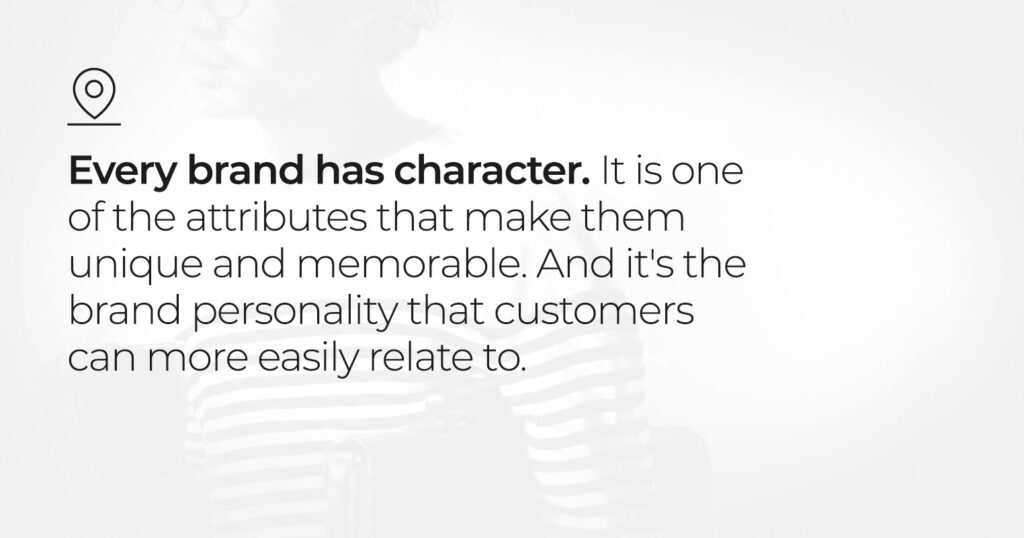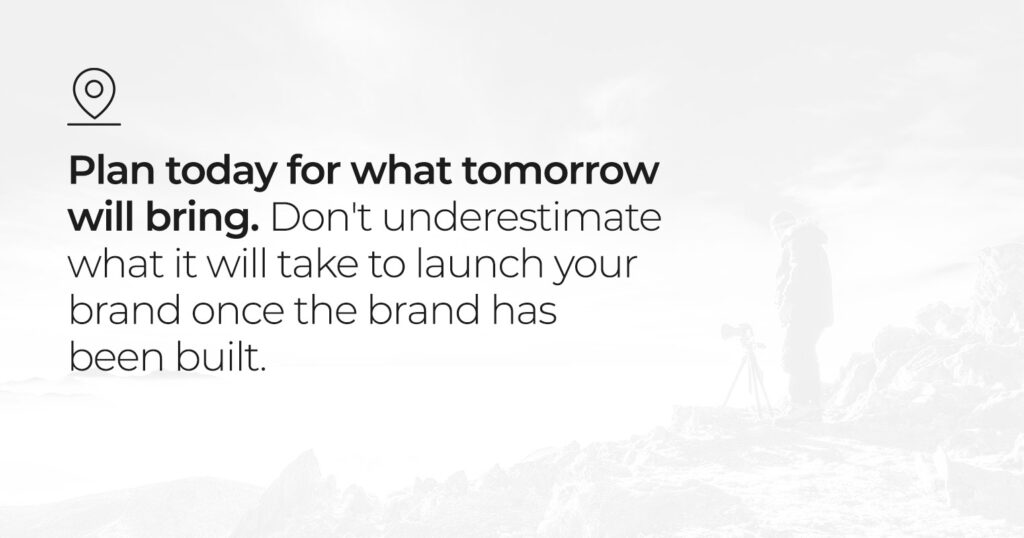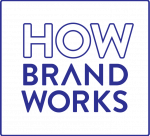10 topics your branding consultant should cover to get your project rolling
You should expect that your brand consultant will kick off your branding project by asking some foundational questions about the past, present, and future of your brand. These are likely to be in the form of a questionnaire. But they could also be a survey or a one-on-one interview. Regardless of the format, the goal is to lay the groundwork for further investigation. We want to understand the challenges and opportunities that will result in a sustainable competitive advantage.
The Discovery Questionnaire
The Discovery Questionnaire should cover, at the very least, ten essential topics. Each topic will be tailored to your brand’s specific situation. But the objective is the same. Uncover the essential truths about the brand. This will guide the project approach. However, it’s helpful to ease into the question topics. Begin with something straightforward to establish a frame of mind around branding. For example, “What brands have you been loyal to and why?” Or “What brands do you aspire to be like?” Questions like these begin to set the stage around the concept of branding. It’s a great way to kick off your branding project.


1. Know Your Audience
- Current Audience. How would you describe and profile your current target audience mix? What about your offer and/or brand do you believe resonates with them?
- Ideal Audience. How would you describe your ideal target audience mix if it is different from your current audience?
- Outreach Audience. How would you describe any new audience segments that would allow you to grow your business?
2. Understand Your Competitive Environment
- Current Competitors. Who are the businesses that you view to be your direct competitors?
- Indirect Competitors. Who are the businesses that are outside your direct competitor set? They may compete for only some parts of your business more.
- Competitor Advantages. How would you summarize any advantage that a competitor has over your own brand?
3. Adapt to Market Dynamics
- Market Opportunities. What do you anticipate to be some short and long-term market trends that might present business opportunities?
- Market Threats. What do you worry about as possible short or long-term market trends that could create new competitive threats?
4. Be Clear About Your Point of Difference
- Reputation. What are you best known for among your current customers? What is it that has kept them loyal?
- Differentiation. What is it that makes you different? Why do customers choose you over alternatives?
- Sustainability. Is your distinction sustainable for the long term? Or is it possible a competitor could replicate or overtake your market advantage?
- Pitch. What is your pitch to a potential customer that would compel them to engage with your brand?


5. Know Your Character
- Customer Perspective. How would customers describe your brand personality?
- Employee Perspective. How would your employees describe your brand personality?
- Ideal Personality. How would you describe your ideal personality? And is there a gap between your ideal and customers and employees?
6. Define Your Brand Framework
- Vision. In one sentence what is your vision if vision is defined as what your business could be at its very best and the impact it could make? What’s the big idea?
- Mission. Briefly, what is your mission if the mission is defined as the means by which you will fulfill your vision?
- Core Values. What are the values within the organization that drives the culture and is unique to your brand?
- Brand Promise. How would you describe the commitment you make to your customers and employees.
7. Make Identity Work for Your Brand
- Name. Is the name distinctive and what are the background, strengths, and weaknesses?
- Logo. Is the logo distinctive and what are the background, strengths, and weaknesses?
- System Distinction Are the colors, typography, and other graphic elements used consistently to reinforce and reflect your brand?


8. Align Your Marketing With Your Brand
- Brand Contribution. What contribution and role do you expect the brand to play in your marketing efforts?
- Marketing Performance. How would you rate your current marketing performance?
- Marketing Future. What changes do you expect to make with your next generation of marketing initiatives?
9. Plan for Implementation Now
- Brand Launch. How do you plan to publicly launch your branding initiative?
- Launch Applications. What are your key brand launch applications (web, collateral, signage, etc)?
- Internal Launch. How do you plan to launch the brand within the organization?
10. Define Your Project Expectations
- Objectives. What objectives do you hope to achieve, and what would constitute a success for this project?
- Brand Value. Do you expect the investment in the brand to drive revenue, increase profits, build deeper engagement, create long-term value in the business, other?
- Timing. What is the timing for this project, and what interim milestones need to be met?
- Budget. What are your expected hard and soft costs budgets? (soft costs being consulting fees and hard costs being implementation costs)?
- Decision Making. Who will be making the decisions, and what process will that follow?
- Constraints. What constraints need to be adhered to?
- Challenge. What will be the most significant challenges to the success of this project?
What’s Next
The questionnaire is only one step to kick off your branding project. And these will not be the only questions. It is only a start. It might be necessary to conduct market and trending research. Employees’ opinions could add critical value. The branding system and marketing materials will certainly need to be audited. Strategy documents will be reviewed. And there may be many other steps to identify the brand’s challenges and opportunities fully. But it’s one of the most important steps to kick of your branding project.
Understanding the problem is the first step in reaching a solution. That’s the development process for how any great brand works.



